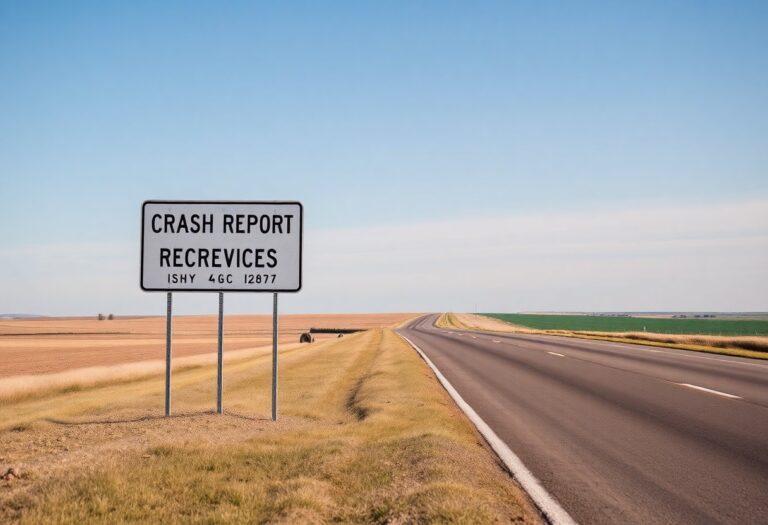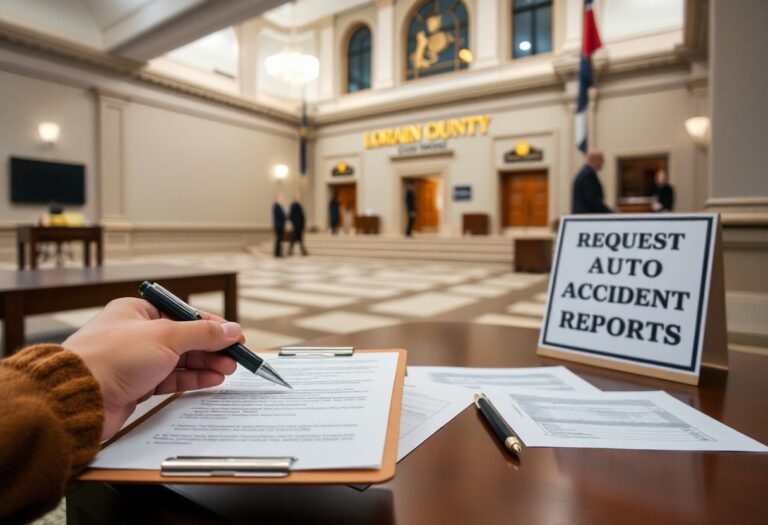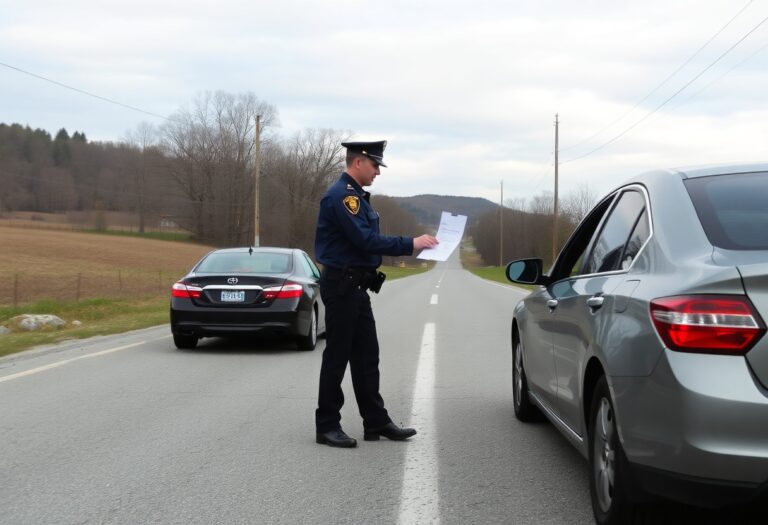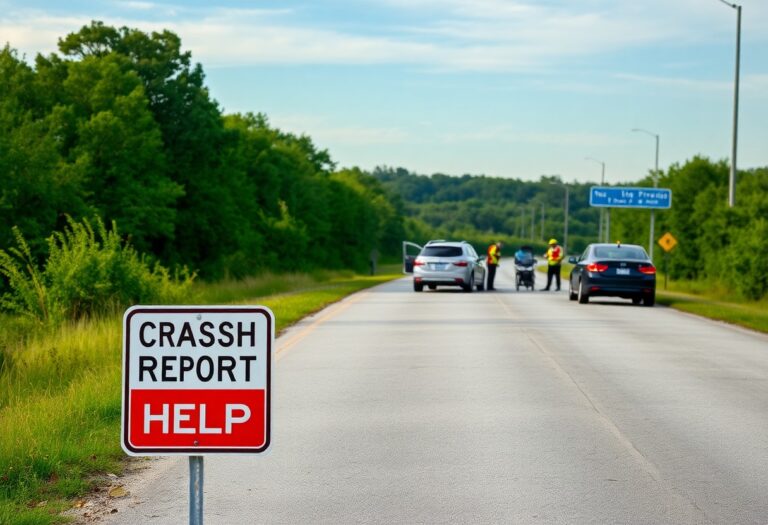Navigating the Maze: How to Obtain Your Car Accident Report in Zapata County
Obtaining your car accident report in Zapata County involves several steps that you can efficiently navigate. Start by visiting the local law enforcement agency, such as the Zapata County Sheriff’s Office or the Texas Department of Public Safety, where the accident was reported. You can request a copy of your report in person, or you might prefer using their online portal for convenience. If you opt for the latter, be prepared to provide imperative information, such as the date of the accident and the involved parties’ names. The fee for the report is typically around $6, and you’ll usually receive it within 10 business days.
The Essential Components of a Car Accident Report
A car accident report serves as a comprehensive document capturing vital details about the incident. This report typically includes the names and contact information of all parties involved, vehicle details, accident location, the time and date of the incident, witness statements, and a police officer’s narrative. Each element plays a significant role in establishing the context and circumstances surrounding the accident, providing a basis for claims and legal actions.
Key Information You Should Expect to Find
Within a car accident report, expect to find driver and passenger information, including names, addresses, and insurance details. Additionally, the report will outline the damage to vehicles, a description of the accident, and any traffic violations observed at the scene. This key data is critical when addressing liability and determining fault.
Common Errors and How They May Affect Your Claim
Errors in a car accident report can cause significant issues in your claim process. Misstated facts, incorrect vehicle identification, or omitted witness statements can undermine your position. Such discrepancies may lead to disputes over liability or even denial of your insurance claim, complicating recovery efforts.
An error on a car accident report can lead to scenarios where your version of events is called into question, especially if the insurance company relies solely on this documentation. For example, if a witness statement is not accurately recorded or a vital detail, such as weather conditions, is misrepresented, these oversights can be exploited by the other party or their insurance provider. It’s important to ensure all information is thoroughly reviewed and corrected, if necessary, to protect your rights and strengthen your claim.
The Timeline for Receiving Your Report: What You Need to Know
Understanding the timeline for receiving your car accident report is crucial for efficiently managing your claim or addressing any legal concerns. Typically, you can expect to receive the report within seven to fourteen days following the incident. However, this timeframe can vary based on several factors.
Crucial Deadlines to Keep in Mind
Pay attention to specific deadlines relevant to your situation, such as insurance claim filing dates or legal proceedings. In Texas, you generally have two years from the date of the accident to file a personal injury lawsuit, making it vital to obtain your report promptly to stay within this window.
Potential Delays and Their Causes
Potholes along the path to obtaining your accident report can lead to unexpected delays. Common causes include incomplete accident reports, the need for additional investigations, or processing backlogs due to high demand.
For instance, if law enforcement needs further time to gather evidence or witness statements, your report may be held up. Additionally, the volume of reports being processed by the Zapata County clerk’s office can slow things down during busier months. Such delays can impact your ability to address insurance claims or legal matters promptly, so staying informed about the status of your report is advisable.
The Impact of Your Car Accident Report on Insurance Claims
Your car accident report significantly influences the outcome of your insurance claim. This document provides detailed accounts of the incident, including the type of vehicles involved, witness statements, and any citations issued. Insurers rely on these reports to assess the situation, make determinations about liability, and ultimately, to decide on appropriate compensation for damages and injuries.
How Insurers Use Reports to Determine Liability
Insurers utilize accident reports as a primary source to establish liability. They analyze the details of the report, such as road conditions, diagrams, and the actions of each driver leading up to the accident. By cross-referencing this information with applicable traffic laws, the insurer can assign fault levels—a crucial element in deciding how much compensation you may receive.
The Role of Reports in Settlement Negotiations
Your accident report plays a pivotal role during settlement negotiations between parties involved in the incident. It serves as a foundational document that both you and the insurer refer to while discussing damages. The specific details within the report can bolster your case, making it an crucial piece of evidence when negotiating for a fair settlement.
During settlement negotiations, having a comprehensive accident report can make a substantial difference in the offers you receive. For instance, if your report clearly states that the other driver was at fault due to running a red light, this fact strengthens your position. Insurers may be more likely to expedite a fair settlement because the evidence is documented and factual. Additionally, the presence of witness statements confirming your account can further enhance your credibility in negotiations, leading to a more favorable outcome in securing the compensation you deserve.
Avoiding Pitfalls: Common Challenges in Accessing Your Report
Accessing your car accident report can sometimes lead to unexpected challenges. You might encounter legal barriers, administrative hurdles, or simply confusion about the process. Understanding these potential pitfalls can help you navigate through them more smoothly and ensure you get the information you need without unnecessary delays.
Legal Barriers and Privacy Concerns
Legal barriers often arise due to privacy regulations that protect sensitive information within accident reports. You may find that certain details are restricted from public access, especially if the accident involved injuries or fatalities. Being aware of these restrictions can help you identify the types of reports you are entitled to receive as an accident participant or authorized requestor.
Tips for Overcoming Administrative Hurdles
Administrative hurdles might include incomplete documentation or long processing times. To streamline this process, gather all necessary information before you make your request, including your driver’s license, date of the incident, and accident report number if available. Ensuring accuracy in your submission can significantly reduce delays.
- Gather all necessary documents before your request.
- Be clear and concise in your communication with officials.
- Understand the processing times for report requests.
- This preparation will enhance your chances of obtaining the report smoothly.
Administrative efficiency relies on your ability to provide complete information, which includes knowing who to contact and what forms to fill out. Stay proactive in following up on your requests and keep records of all correspondence, as this can help you resolve issues quickly and effectively.
- Keep copies of all correspondence related to your request.
- Follow up regularly to shorten processing times.
- Utilize online resources for guidance on the report request process.
- This diligence will streamline your experience and reduce frustration.













